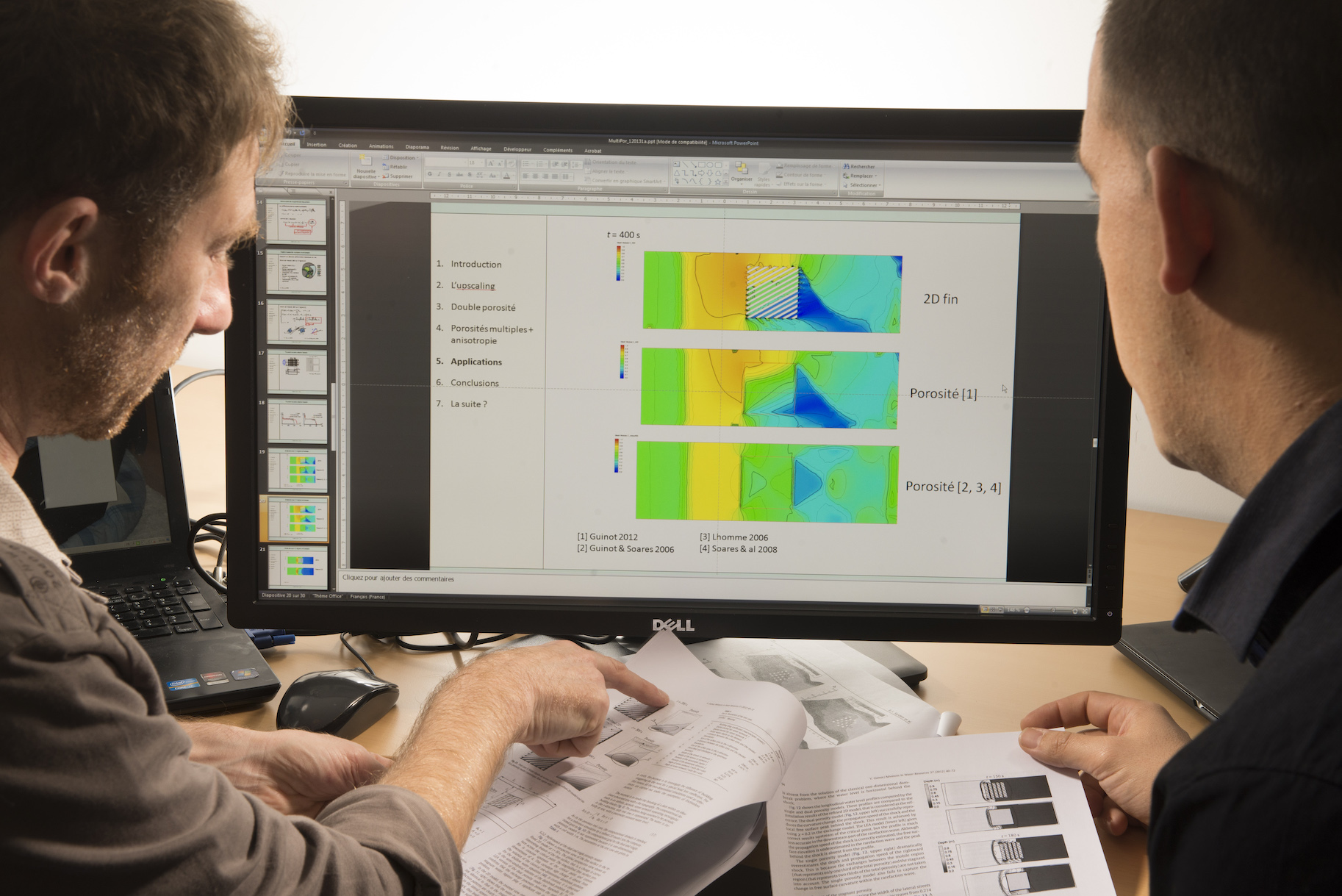Flooding in the city: how can you anticipate it by looking to the oceans?
Date:
Changed on 03/10/2024

Strong winds (up to 140 km/h), a deep depression, high tidal range.... On the night of 26 to 27 February 2010, the small town of La Faute-sur-Mer and the surrounding area were hit by a major marine flooding phenomenon caused by storm Xynthia. The small coastal town, which is surrounded by the Atlantic on one side and the river Lay on the other, found itself trapped by the water, resulting in the deaths of 47 people and extensive material damage.
An event that could be better anticipated in the future thanks to the research work of certain scientists. This is the case, for example, of the research carried out by José Galaz, founder of the TsunamiLab, as part of a thesis recently co-supervised by Antoine Rousseau (LEMON project team) and Maria Kazolea (CARDAMOM project team).
The aim of this recently defended thesis was to study the coupling between marine coastal phenomena (tsunamis, storms, waves, etc.) and flooding in coastal towns. The aim is to understand how flooding spreads from a wave to the city. The aim is to fill a gap in the literature between the simulation of very large-scale tsunamis or the modelling of waves in coastal areas, and the simulation of flooding in towns close to the sea.
The physical models governing the flow of water are different for the ocean and for urban water, and they do not respond to the same equations. In other words, they don't speak the same language. These models therefore need to be brought together at the interface, i.e. on the coast between the sea and the city. José's thesis work, funded as part of the Inria SURF challenge, involved building mathematical and numerical tools to ensure this coupling.
‘We know how to model the propagation of a tsunami in the ocean very accurately, with wave height, propagation speed and the quantity of water transported, but once the tsunami reaches the beach, the modelling stops because we are not yet able to simulate the rest of the event. In other words, the scientists working in these fields (tsunamis on the one hand, urban flooding on the other) are not yet able to communicate their models properly. Hence the importance of enabling this dialogue’, explains Antoine Rousseau, head of the LEMON project team.
More concretely, José Galaz's work has been devoted to developing a ‘mathematical operator’, a sort of ‘translator’, at the interface of two models of the sea and the city, simplified in the sense of geometry (in one dimension only), in order to pass information from one to the other, explaining to one what the other is saying, and vice versa.
Thanks to his work, water can flow (mathematically) from the open sea to the coast, and then from the coast to the city. This thesis is certain to have an impact on coastal ocean science and flood risk management in coastal areas. Ultimately, this will enable the development of anticipation and decision-making tools for crisis management centres (fire brigades, prefectures, etc.).
This theoretical work, which José Galaz has put into practice by proposing a problem-solving algorithm, is essential for coupling software produced by Inria that has different functionalities, such as SW2D (LEMON, flood simulation) and UHAINA (CARDAMOM + partners, coastal oceanography).
José's thesis was also funded by the SURF programme, the aim of which was to get different ocean models to work together, such as the classic Nemo global model, created by a consortium of European countries, and the new Croco (Coastal and regional ocean community) model, which operates on a regional scale to study the coastal ocean. This is a scientific challenge, since each software package responds to a specific demand, and we need to study how these models can be brought together so that they can be integrated into a future common platform.